More chord construction. This week we look at all the different suspended chords like the sus4, 7sus4 and sus2.
Suspended Chords
Suspended chords sound just like the name suggests – they have the sound of a suspended tension and want to resolve. This is because suspensions replace the 3rd of a chord with the 4th. The 4th interval away from the root naturally has a lot of tension, creating a pull by playing a major 3rd interval followed by a perfect 4th interval. The sequence will sound complete if you end with another major 3rd.
In a triad, the root is followed by a 4th instead of a 3rd, but the 5th remains untouched. The notes in Csus4 would be:
C F G
1 4 5
Sus chords are usually used to create tension and normally resolve back to the triad. Practice playing a sus4 before a major chord so you can hear how the tension is resolved.

Suspended 7th Chords
This principle can also be applied to 7th chords. The most common of these is the suspended dominant 7 chord, or 7sus4 (also abbreviated to 7sus). The dominant 7 chord is made up of the scale degrees 1 3 5 b7, so a C7 is spelt C E G Bb.
A C7sus4 chord uses the degrees 1 4 5 b7 as we have just replaced the 3rd with the 4th.
1 4 5 b7
C F G Bb
The dominant 11 chord is usually voiced the same as a 7sus4 as the 3rd is often left out of 11 chords to avoid any small interval clashes between the 3rd and 4th.
For the next exercise, try going between a C7sus4 and a C7 chord to hear the difference.

Although uncommon, the major 7sus4 is theoretically possible and would follow the same principle as the suspended dominant 7 chord. A C major 7sus4 would be spelt:
1 4 5 7
C F G B

This principle can be applied to any extension – just switch the 3rd for the 4th and you have a sus chord. This would apply to chords like a C9sus4 or a C13sus4.
Sus 2 Chords
The sus 2 chord is less common than the sus 4 and follows the same construction guidelines – just switch the 3rd for the 2nd instead of the 4th.
Csus2
1 2 5
C D G
This chord has less tension than the sus4 and is usually used for its own individual sound rather than for the suspension.
A major advantage to using the sus2 is its modal ambiguity. C major and minor triads imply a certain modality and tonality due to the presence of the 3rd. This means that you have to work with certain scales otherwise you could have clashing notes.
As the sus2 doesn’t have a 3rd, you are free to use various scales or melodic material with either a minor or a major 3rd. This gives you a wider range of freedom in your melody.



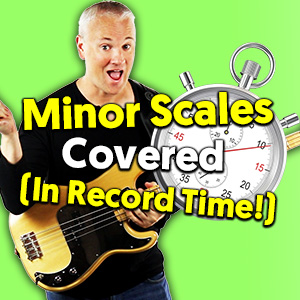


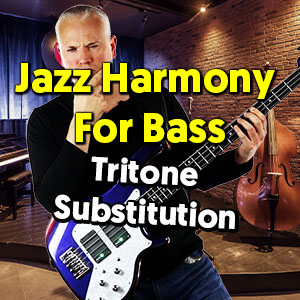
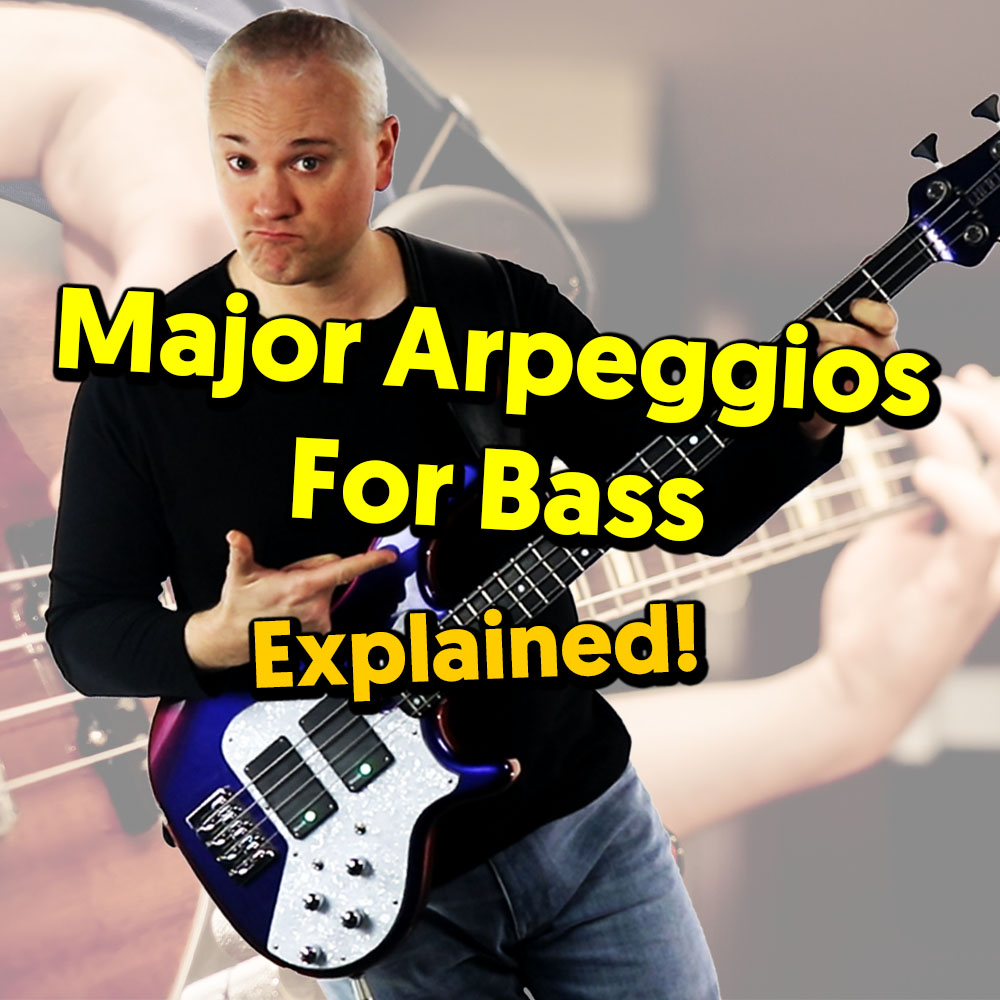
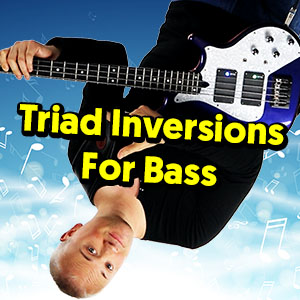



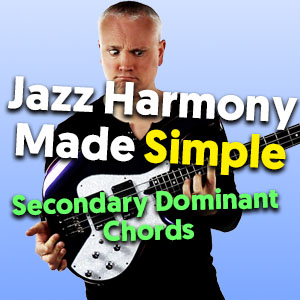

I do not know whether it’s just me or if everyone else
encountering problems with your website. It appears as though some
of the written text in your content are running off the screen. Can somebody else
please comment and let me know if this is happening to them as well?
This may be a problem with my browser because I’ve had this happen previously.
Kudos
No problems for me
I was suggested this web site via my cousin. I’m now not positive whether
or not this submit is written by way of him as nobody else recognize such certain approximately my
trouble. You’re incredible! Thanks!
I’ve called sus2 chords “Heart chords” because Heart used them do often, on “Dog and Butterfly” for example